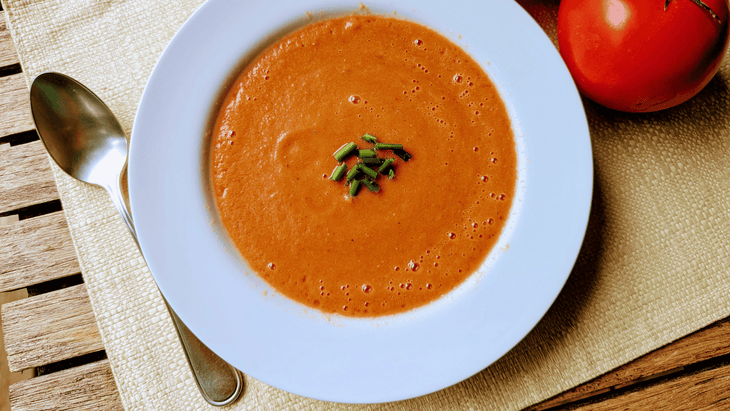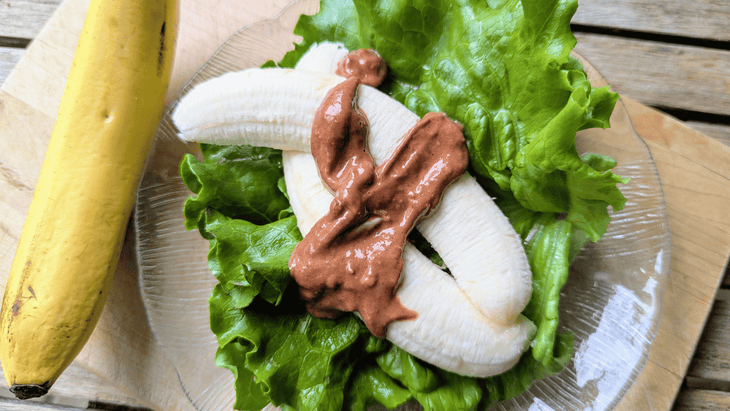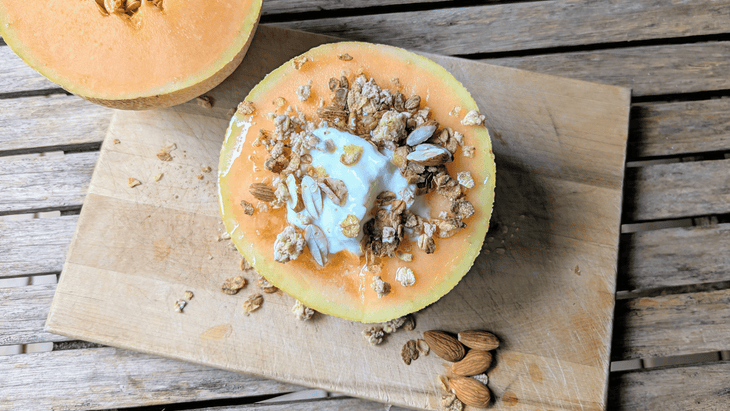“], “filter”: { “nextExceptions”: “img, blockquote, div”, “nextContainsExceptions”: “img, blockquote, a.btn, a.o-button”} }”>
New perk: Easily find new routes and hidden gems, upcoming running events, and more near you. Your weekly Local Running Newsletter has everything you need to lace up!
>”,”name”:”in-content-cta”,”type”:”link”}}”>Subscribe today.
Achieving good hydration is a critical component of running success and should be treated as such. Better fluid habits make you a better runner. It’s that simple.
A raft of studies over recent years indicate that even a fairly modest level of dehydration can impair various aspects of performance—aerobic, cognitive, strength, and power. For instance, a 2024 study in the journal Medicine and Science in Sports and Exercise found that being suboptimally hydrated before and during a run can deal a blow to biomechanics, such as increasing foot pronation.
In addition to impairing your performance, moving around in a constant state of dehydration may even shorten your life. Recent research from the National Institutes of Health (NIH) found that well-hydrated adults, as indicated by lower blood sodium levels, appear to develop fewer chronic health conditions (heart diseases, stroke, lung disease, etc.), have a decreased risk of dying early, and generally show fewer signs of biological aging. Water is important for every cell in the body to function properly. Ultimately, proper hydration boils down to consuming enough fluids (and electrolytes) to help offset what you are losing every day.
You may be feeling extra motivated now to pound back the H2O and sports drinks—especially as the temps soar and sweat feels like a constant companion. Consuming enough fluids, both on the run and at the desk, is important. But not all of your recommended daily water intake has to come from what you drink.
You might be surprised by how much fluid you can glean from the foods you eat. Water-rich foods, namely fruits and vegetables, can also contribute to your daily total hydration intake. Think of how much less thirsty you feel after biting into a hunk of watermelon. In fact, the more highly processed food you eat, which typically has low water content, the more likely you are to be dehydrated, according to research in the Journal of the Academy of Nutrition and Dietetics.
Thankfully, some of the summer’s top-rated fruits and vegetables are packed with water. Not to mention an array of vital vitamins, minerals, and antioxidants. Yes, hydrating yourself can look (and taste) much more appealing than a boring old glass of tap water. Here are some of the best water-rich foods to add to your summer menu and the delicious thirst-quenching ways to put them to good use.
Watermelon
As its name suggests, watermelon is an incredibly hydrating food (it’s 91 percent water!). A cup of diced watermelon dishes up more than a half-cup of water. That makes summer’s quintessential fruit an ideal choice for helping you stay hydrated on sultry days. Plus, watermelon contains citrulline, an amino acid that supports the production of nitric oxide, a compound that promotes better blood flow, which may help improve running performance and heart health. Eat watermelon, run better—sold.
Of course, watermelon slices are juicy and refreshing on their own. But before I’m ready to work up a serious sweat, I’ll whip up this ultra-refreshing minty watermelon slushie. It certainly takes the edge off the first few miles. Research shows that consuming a frosty slushy before working out in the heat can prolong exercise time. This benefit is likely owing to the ability of the cold drink to reduce core body temperature, which makes your runs seem less arduous, as well as lowers hyperventilation and increases blood flow to the brain. I’ve been known to spike this with white rum for a summer cocktail—just not before a run, if you are wondering.
Frosty Watermelon Slushie
1/3 cup water or coconut water
2 teaspoons lime juice
1 cup ice cubes
2 cups cubed watermelon, seeded
1 teaspoon honey
4 chopped large mint leaves
Combine all of the ingredients and a small pinch of salt in a blender, and process until you have a slushy consistency. Don’t over-blend into a smooth liquid.
Tomatoes

When it comes to helping to keep you hydrated, tomatoes are worthy of a resounding, “Mama, Mia!” By weight, the sun-kissed fruit (yes, botanically speaking tomatoes are a fruit) is about 94 percent water, which is why a whole medium sized tomato has a paltry 22 calories. Lycopene is a signature antioxidant in tomatoes, which may have some cancer-fighting efficacy. And now that local markets, and perhaps your backyard garden, are full of them at their juicy, sweet peak, they are something you want to eat again.
If there is one reason why I adore flip-flop season it’s the renewed opportunity to make this water-rich gazpacho that might be the healthiest, most hydrating thing you can spoon up. Yes, soup in summer can be a wonderful thing. Serve it alongside a burger and you have summer bliss.
Summer Gazpacho
3 medium sized tomatoes, quartered
1 red bell pepper, roughly chopped
4 red radishes, roughly chopped
1/2 English cucumber, peeled and chopped
2 scallions (green onions), white parts only, chopped
1 jalapeño, seeded and chopped
2 garlic cloves, chopped
1/2 cup fresh basil
2 tablespoons red wine vinegar
1/2 teaspoon salt
1/4 teaspoon black pepper
2 Tbsp extra virgin olive oil
Place 1 cup water, tomatoes, red bell pepper, radishes, cucumber, scallions, garlic, basil, red wine vinegar, paprika, salt and black pepper in a blender or food processor container and blend until nearly smooth. With the machine running on low speed, slowly drizzle in olive oil through the feed tube. Place soup in a glass container and chill for at least 2 hours before serving.
Blueberries

They might be blue, but there is nothing sad about the water these gems award us with. Using USDA nutrition data, I calculated the water content of blueberries to be 84 percent by weight. So a cup serving gives you roughly a half-cup of water. Yes, not as much as a tall glass of water but certainly enough to contribute to your daily aqua needs. Beyond H2O, blueberries are a fantastic source of anthocyanins, powerful antioxidants that may improve heart health and even benefit our microbiome.
I’ve never met a bowl of oatmeal or yogurt that didn’t get better with a generous handful of these health bombs. And when temps are soaring, this is the creamy recovery smoothie I turn to help with rehydration efforts and to keep my cool. Each sip tastes like lemony blueberry cheesecake.
Lemon Blueberry Cheesecake Smoothie
1/2 cup milk or plain non-dairy milk
3/4 cup cottage cheese
2 tablespoons hemp seeds (hemp hearts)
1/2 teaspoon lemon zest
1/2 teaspoon vanilla extract
1/2 cup blueberries
1 small frozen chopped banana
Place all of the ingredients in a blender container in the order listed and blend until smooth.
Lettuce

Consisting of about 94 percent water, these leafy greens are all high in water. In fact, the ones you’ll crave in the summer such as romaine, bib, and oak leaf are more water-dense than options like kale and chard that can wait until base layer season rolls around again. Packing more of the various guises of lettuce into your diet will also net you some important nutrients like folate and vitamin K, all for very little caloric cost.
You can easily add more of the various guises of lettuce to your diet for hydration gains by using them as a base for summer salads. But that’s just the tip of the iceberg—or should I say, butter lettuce. I like using the refreshing leaves as an unexpected wrap for this chocolate-banana stuffing. (Yes, you read that correctly.) It’s strangely amazing as a pre-workout snack.
Energizing Chocolate-Banana Wrap
2 large lettuce leaves, such as Boston or Butter
1 small banana, halved lengthwise
2 tablespoons peanut butter
1 tablespoon cocoa powder
1 tablespoon maple syrup or honey
1/4 teaspoon cinnamon
1/8 teaspoon salt
In a small bowl, whisk together peanut butter, 1 tablespoon water, cocoa powder, maple syrup or honey, cinnamon, and salt. If needed, stir in a little extra water to create a thinner consistency.
Stack lettuce leaves, top with banana halves and drizzle on chocolate peanut sauce.
Cantaloupe

It’s tough to beat the awesomeness that is a perfectly ripe cantaloupe in the hot months, and as a bonus, it happens to be packed with water during the most dehydrating time of the year. Cantaloupe melon is 90 percent water, with a one-half cup serving offering up at least a half-up of aqua. Thirst-quenching, indeed. Additionally, cantaloupe is a leading source of beta-carotene, a nutrient that our bodies can convert to vitamin A to help bolster immune, eye, and bone health.
Beyond playing a starring role in all sorts of fruit salads, cantaloupe teams up beautifully with savory ingredients like prosciutto, arugula, and mozzarella cheese—skewer all of these together and thank me later. I also turn to cantaloupe to serve as a nutritious bowl for creamy yogurt and crunchy granola. In all seriousness, this might be the best recovery snack you can eat this summer. Certainly a refreshing way to wind down after a tough run.
Recovery Yogurt Bowl
1/2 cantaloupe
1/2 cup Greek yogurt
1/3 cup granola
2 tablespoons sliced almonds
1 teaspoon honey
Slice off about ½-inch from the bottom of the melon halve so that it sits flat. Scoop out the seeds and enough flesh to create a fairly large cavity. Stuff in yogurt and top with granola and almonds. Drizzle on honey.
Cucumber

It may not come as a big surprise that these are some of the most hydrating veggies around. Made up of roughly 95 percent water, cucumbers will give you a leg up on your daily hydration goals. Yet, they still have a nice crunch so you don’t feel like you’re eating nothing but water. It’s not possible to lump cucumber into the superfood category, but they still offer up some important micronutrients including vitamin K, vitamin C, and potassium.
This tangy, refreshing smashed cucumber salad is, in my opinion, the perfect option for summer lunches and dinners. Pro tip: smashing the cucumber helps to create jagged edges so there is more surface area to absorb the Thai dressing.
Smashed Cucumber Salad
1 large cucumber
1/4 teaspoon salt
1 tablespoon soy sauce
1 tablespoon rice vinegar
1 teaspoon sesame oil
1 teaspoon chili sauce, such as Sriracha
1/2 teaspoon sugar
1/2 teaspoon sesame seeds
1/4 cup chopped cilantro
Cut the cucumber in half lengthwise, then use a spoon to scrape out the seeds. Smash the cucumber halves along their full length with a flat side of a large knife or a rolling pin until it is semi-flattened with jagged edges. Cut into 1-inch pieces. Place cucumber pieces in a bowl, toss with salt, and let rest for at least 30 minutes. Drain any accumulated water from the bowl with the cucumber.
Whisk together soy sauce, rice vinegar, chili sauce, sesame oil, and sugar.
Add the dressing to the bowl with the cucumber and stir together. Serve garnished with sesame seeds and cilantro.














